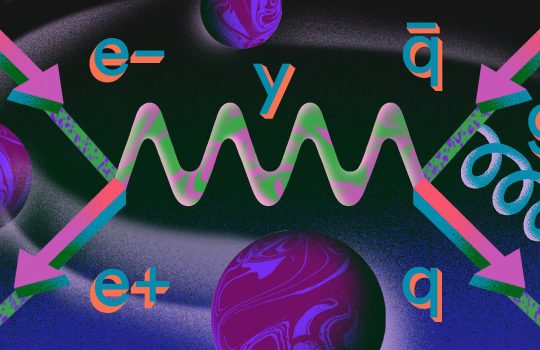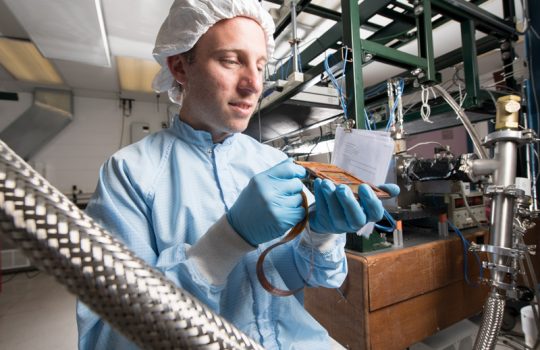Onde di scienza
From Rai Play Radio, Oct. 23, 2020: Si è aperto ieri il Festival della Scienza di Genova, un’occasione per chiamare a raccolta scienziati da tutti il mondo in un momento così complicato. Per ragionare sul ruolo della scienza in questa pandemia e sugli scenari futuri della ricerca. Tra i protagonisti di questa edizione Anna Grassellino, vice direttrice dell’area tecnologia del Fermilab di Chicago, e a capo del progetto di computer quantistico Superconducting Quantum Materials and Systems Center, e Alessandro Vespignani.



